Imaging Systems Laboratory at the University of Hong Kong, led by Prof. Edmund Y. Lam, is dedicated to advanced research in computational imaging, combining aspects of electronic engineering, computer vision, and optical engineering. Its primary interests lie in the development of novel algorithms for unconventional imaging systems and leveraging AI in imaging applications.
News and Events
Prof. Lam delivered Invited Talk at CIOP Conference 2025
August 12, 2025
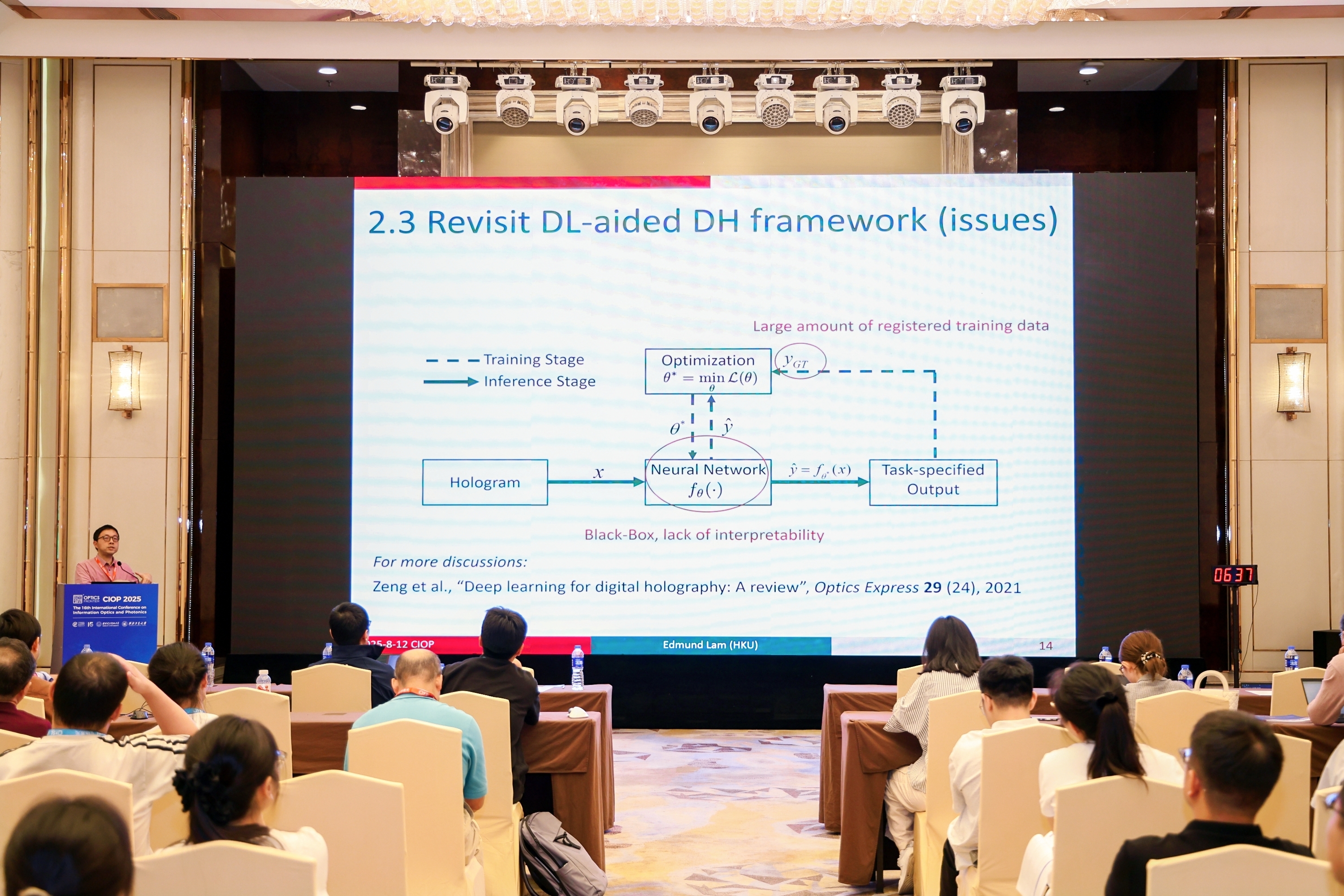
From August 10-14, 2025, the 16th International Conference on Information Optics and Photonics (CIOP 2025) was held in Xi’an, China. Prof. Edmund Lam of the University of Hong Kong’s Imaging System Laboratory (ISL) delivered an invited talk in the SC11. Optical Imaging, Display and Storage section, focusing on “Advanced Deep Learning in Digital Holography” — a key ISL research area. Prof. Lam’s presentation, on August 12, covered digital holography basics and the lab’s prior work in end-to-end deep learning for both low-level tasks (amplitude/phase retrieval) and high-level tasks (classification, particle tracking). He addressed critical issues in deep learning-aided digital…
Uncertainty-aware Fourier Ptychography is published in LSA
July 7, 2025
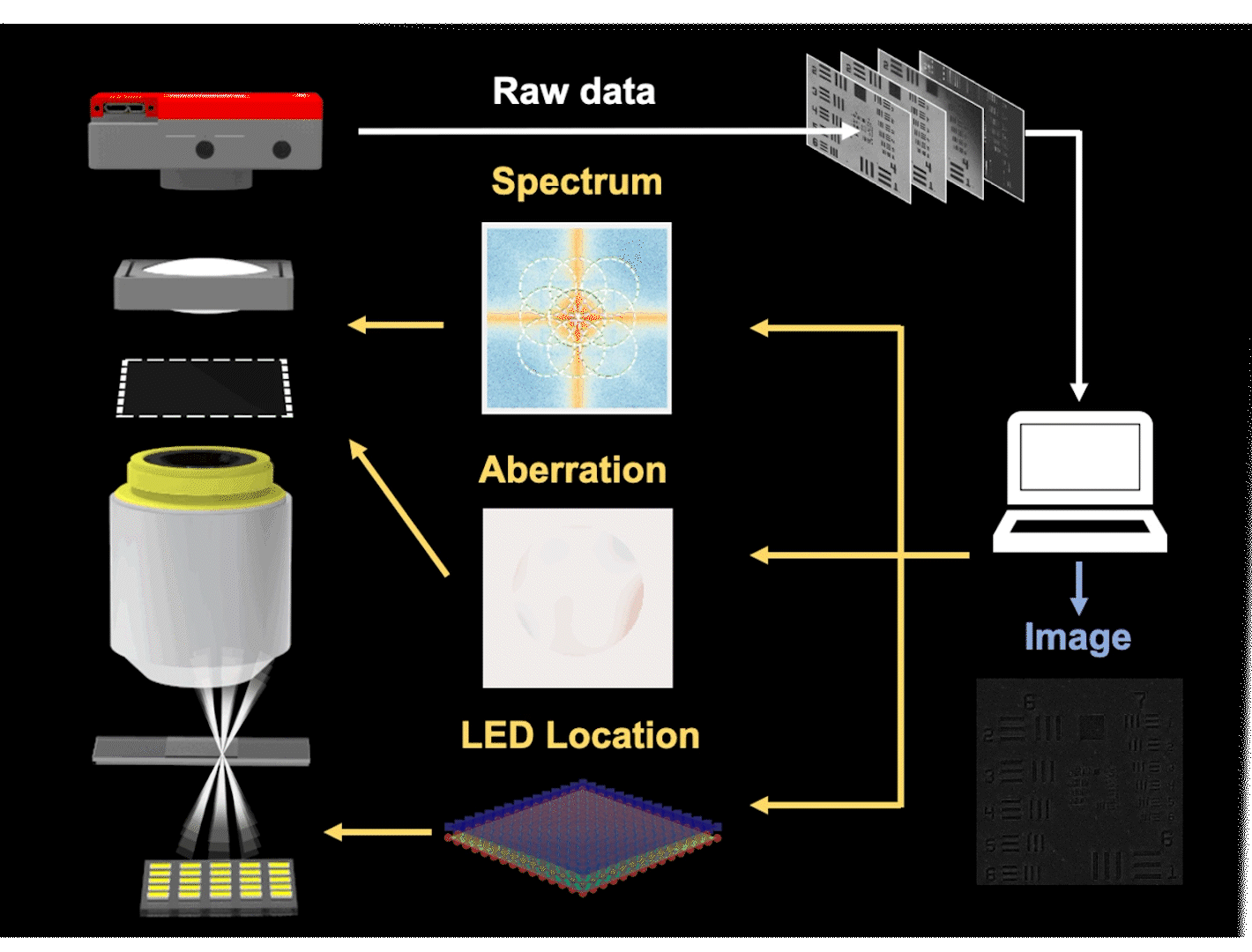
Our latest work in Differentiable Imaging - “Uncertainty-Aware Fourier Ptychography”, has been published in Light: Science & Applications! What makes this work special? This research stands as the most comprehensive application of differentiable imaging methodology to date. We have successfully addressed three critical uncertainty challenges in tandem: modelable system misalignments, optical component aberrations, and low-quality data. The key breakthrough lies in our fully differentiable framework, which seamlessly integrates all these components. Why it matters Traditional computational imaging systems struggle with real-world uncertainties that create mismatches between theoretical models and actual hardwares. Our differentiable programming approach systematically addresses these uncertainties, paving…
Review paper on Differentiable Imaging is published in ADI
July 4, 2025
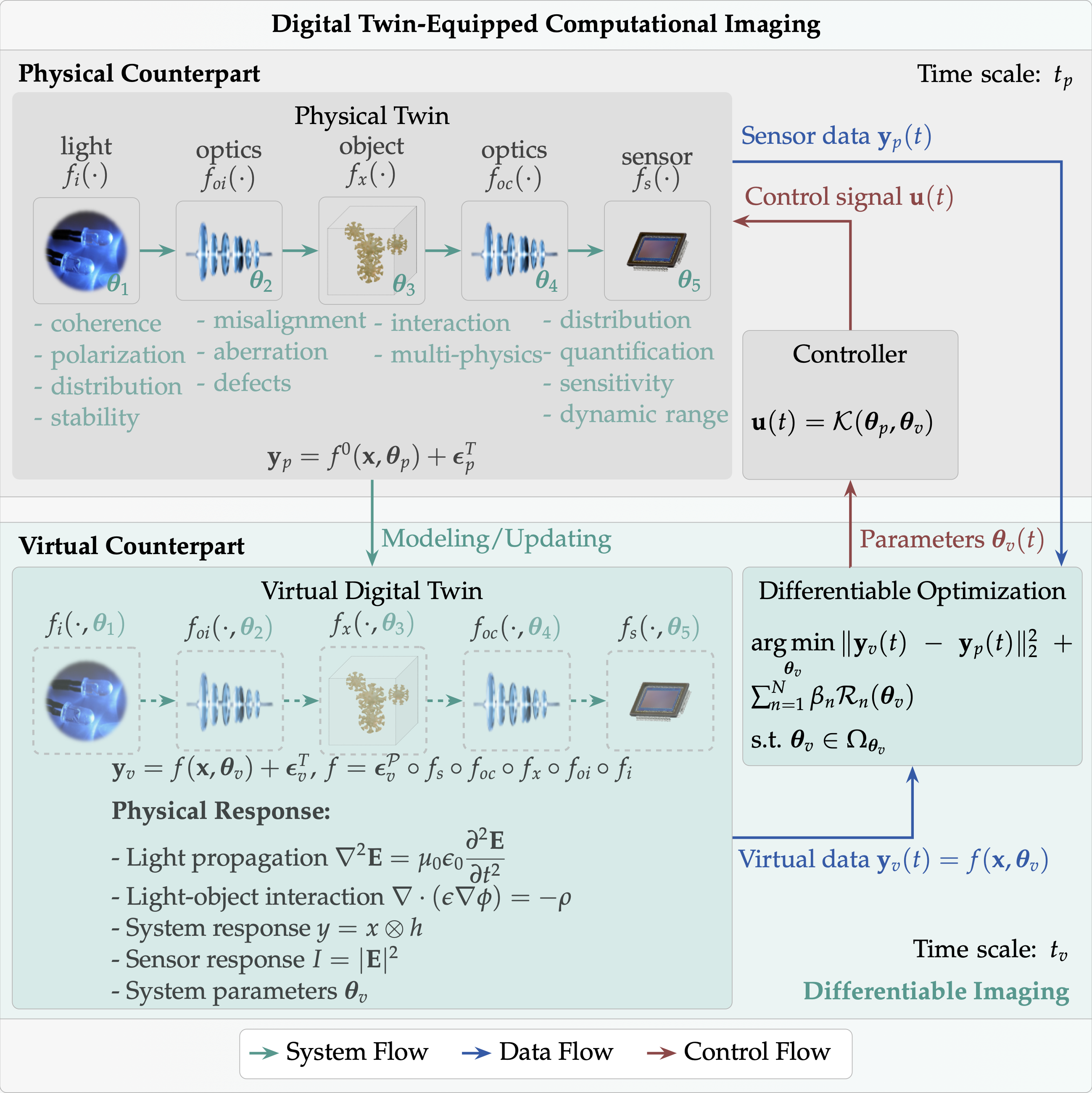
Our latest review paper on Differentiable Imaging, just published in Advanced Devices & Instrumentation. https://doi.org/10.34133/adi.0117 Computational imaging necessitates holistic co-design spanning optical architectures, reconstruction algorithms, hardware specifications, economic constraints, and computational performance. Conventional techniques face significant challenges in modeling and simultaneously optimizing these tightly coupled, multidisciplinary variables. Drawing inspiration from backprop’s transformative impact on deep learning (recognized with the 2018 Turing Award and 2024 Nobel Prize in Physics), and supported by preliminary results, we introduced “Differentiable Imaging” in late 2022. This approach constructs “neural network architectures” that explicitly model both optical systems and inverse solvers, unified through automatic differentiation: 📄…
Controllable Synthesis Using Edge Data and Text Prompts
February 13, 2025
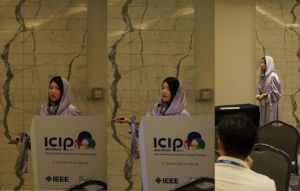
We are excited to announce a new framework called CUBE (Controllable, Unsupervised, Based on Events), developed by researchers at the University of Hong Kong (HKU). This work has been accepted for Oral Presentation at ICIP 2024 and also invited to present at a WACV workshop. Why Event Cameras? Event cameras capture only intensity changes at each pixel, making them ideal for high-speed, high dynamic range, and low-power imaging. While this sparse data provides precise edge information, generating photo-realistic or even semantically controllable videos from raw events has been a longstanding challenge—until now. Key Idea: Combining Event Edges and Text Prompts…
Professor Lam Delivers Keynote on Computational Neuromorphic Imaging at COSI
August 6, 2024
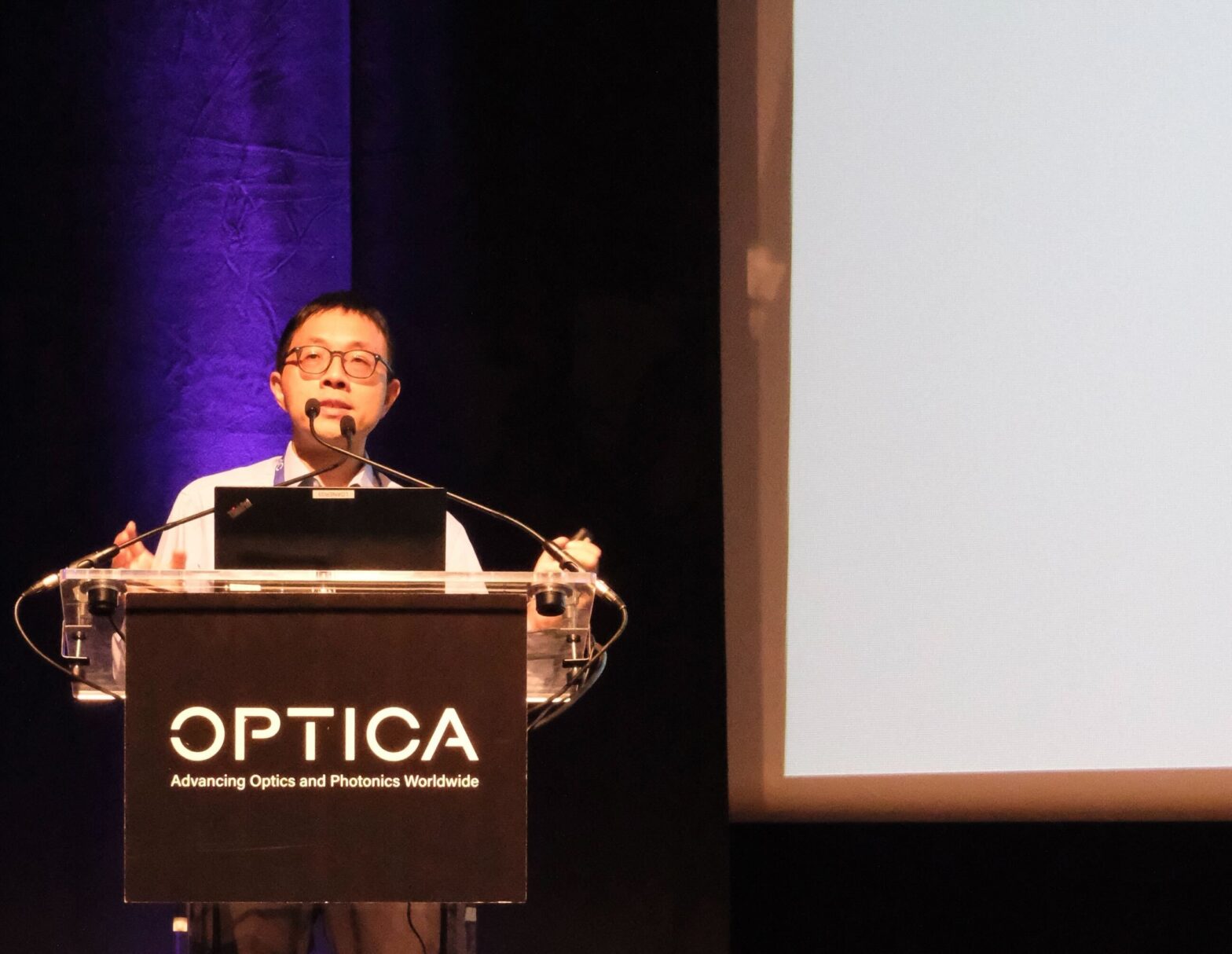
At the recent Optica Imaging Congress, Professor Edmund Lam from the University of Hong Kong delivered an insightful plenary talk on the advances in computational neuromorphic imaging. His presentation highlighted the use of event sensors to capture rapid changes in pixel intensities, which are crucial for applications ranging from environmental monitoring to biomedicine. The session provided a deep dive into both the technical developments and historical evolution of imaging technologies, showcasing the collaborative and international efforts in this dynamic field.